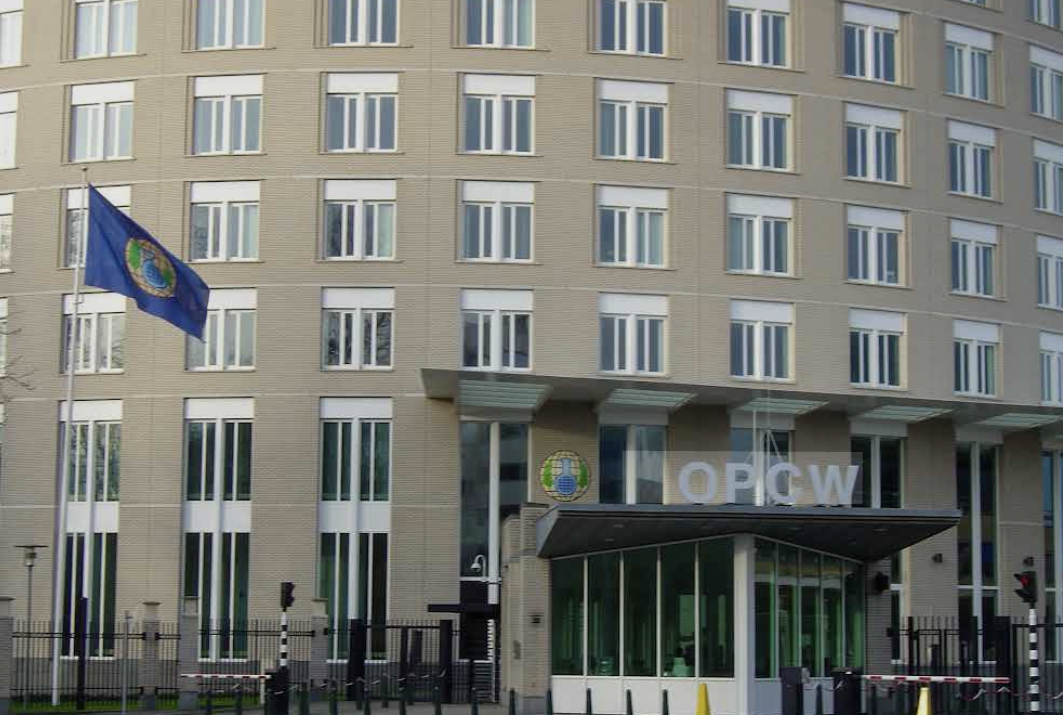ISLAMABAD: Karachi, Pakistan’s largest southern port city, is poised to rise sharply in global urban rankings as new United Nations projections show it becoming one of the world’s biggest population centres by 2050.
According to the UN’s “World Urbanisation Prospects 2025” report, Karachi is expected to become the fifth-largest city on the planet within the next three decades, reflecting sustained population growth across South Asia.
The report states that Karachi will overtake several major metropolitan regions, including Cairo, Tokyo, Guangzhou, Manila and Kolkata, by mid-century. It notes the rapid expansion of global megacities, saying the number of urban areas with more than 10 million residents has grown from eight in 1975 to 33 in 2025, and is forecast to reach 37 by 2050, “more than half of them in Asia.”
Describing Karachi as “a key example of the demographic transformation underway,” the report highlights its already extreme density, estimating about 25,000 people per square kilometre.
The UN projections also outline major shifts elsewhere, noting that Dhaka is expected to become the world’s largest city by 2050, while Tokyo “is projected to fall from third place in 2025 to seventh place by 2050” as its population declines to around 31 million.
The report traces long-term trends in global urbanisation, stating: “In 1950, only 20 percent of the world’s 2.5 billion residents lived in cities.” By 2025, that figure rises to 45 percent, or 8.2 billion people. Between 2000 and 2025, the world’s urban population expanded by 1.25 billion, with more than half of that growth occurring in India, China, Nigeria, Pakistan and the United States.
Looking ahead, the UN projects that from 2025 to 2050, urban population growth will be concentrated primarily in India, Nigeria, Pakistan, the Democratic Republic of the Congo, Egypt, Bangladesh and Ethiopia. These seven countries are expected to contribute more than 500 million new city residents, accounting for over half of the global increase of 986 million.
The report adds that the global rural population is likely to peak in the 2040s before gradually declining, reflecting sustained migration toward cities. It also notes that more than 3,000 cities worldwide experienced population decline between 2015 and 2025, underscoring the uneven nature of the transition.
Karachi’s projected rise, the UN concludes, reflects “long-term demographic trends” that will shape economic planning, infrastructure investment and service delivery across South Asia in the decades ahead.


.jpg)



